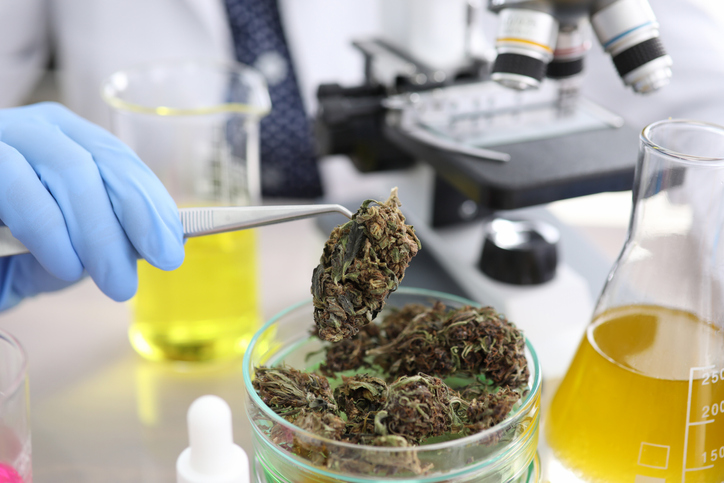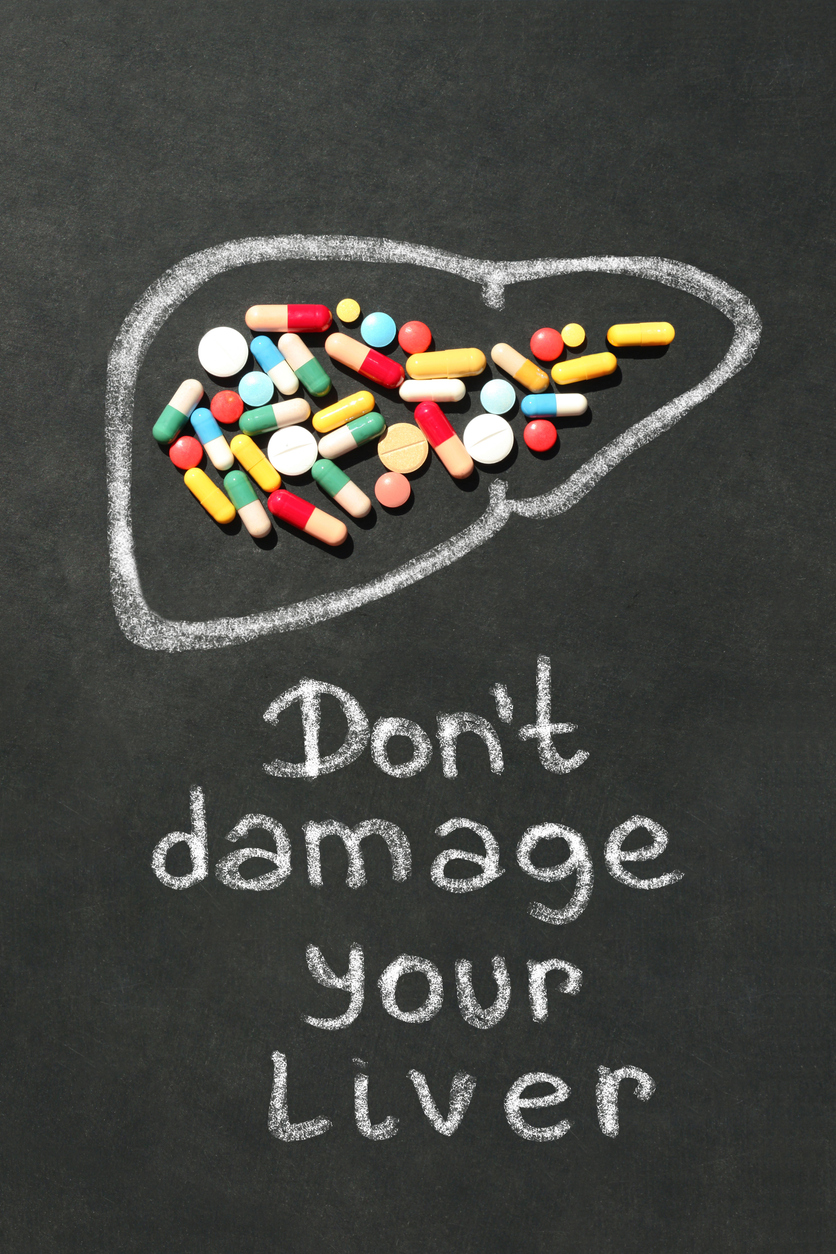Treatments
The Use of Psychedelics for Chronic Pain Treatment

Psychedelics have been used for recreational purposes since ancient times; however, some studies show that they may help combat chronic pain. Although research has been conducted on the use of psychedelics for PTSD, anxiety, depression, and other psychiatric disorders, research on the use of psychedelics to treat chronic pain has been limited.
There is evidence that shows psychedelic substances are beneficial for cancer pain, tinnitus, cluster headaches, complex regional pain disorder, migraines, and phantom limb pain. Additional research in the future will help determine the effectiveness of psychedelics as a treatment option for chronic pain conditions.
What are psychedelics?
Psychedelics are also known as hallucinogens. They can produce changes in mood, cognitive processes, and perception. Classic psychedelics include the following:
- Lysergic acid diethylamide (LSD)
- Mescaline
- 3,4-methylenedioxymethamphetamine (MDMA)
- Ketamine
- Psilocybin, which is the main component of magic mushrooms
How it works
Pain signals cause high sensitivity in the peripheral and central nervous system, which converts into physical and emotional pain. Psychedelics can “reset” areas in the brain that involve an important part of chronic neuropathic pain. The modifications in how regions of the brain interact with each other (functional connectivity) suggest that psychedelics could help reverse the changes in connections between neurons, or synapses, that enable basic brain functions (neural connections).
Benefits
Psychedelics and psychotherapy should be combined for best results when used as a treatment option for chronic pain. Benefits may include the following:
- Decreased anxiety and depression
- Non-addictive
- Improved post-traumatic stress disorder (PTSD)
- Reduced pain
- Longer lasting
- Increased perspectives of hope, empowerment and optimism
Risks
Psychedelics are typically considered low risk when used in a clinical setting. They do not lead to dependence. Risks are more common when using without medical supervision. Potential risks include, but are not limited to, the following:
- Short-term high blood pressure
- Short-term increase in heart rate
- Short-term elevated body temperature
- Headaches
- Psychosis for those with psychotic disorders or those with a predisposition to them
- Possibility of abuse
- Hallucinogen persisting perception disorder (HPPD), which is rare and involves hallucinations and flashbacks















